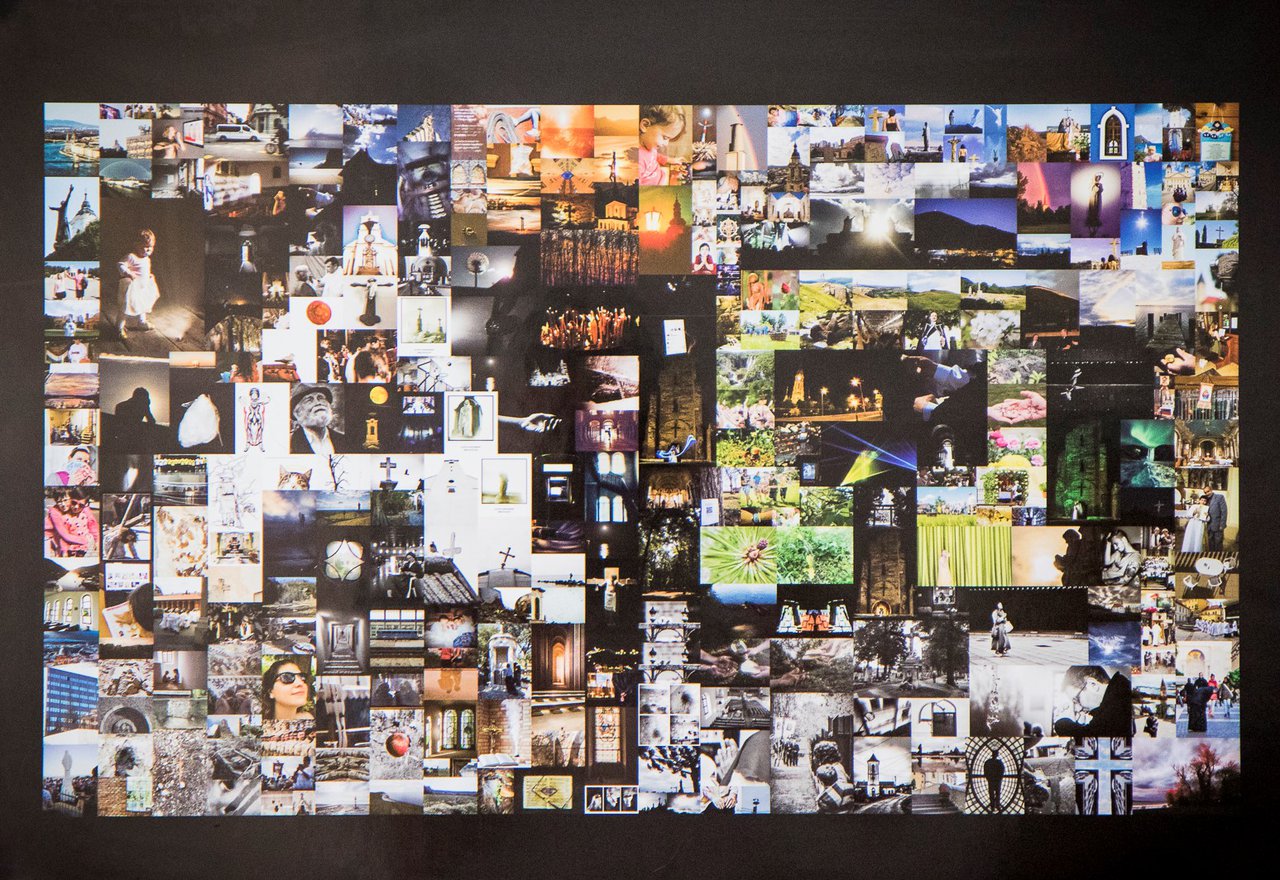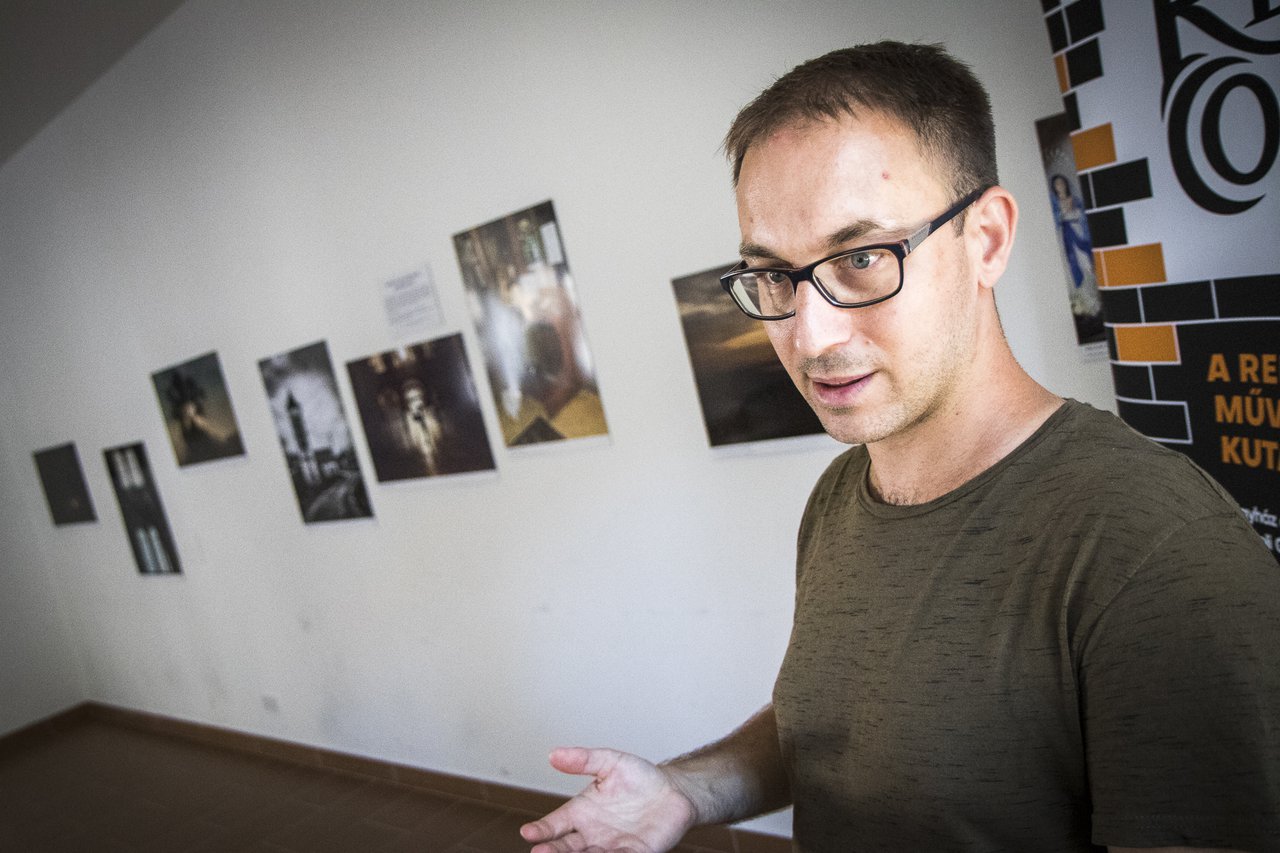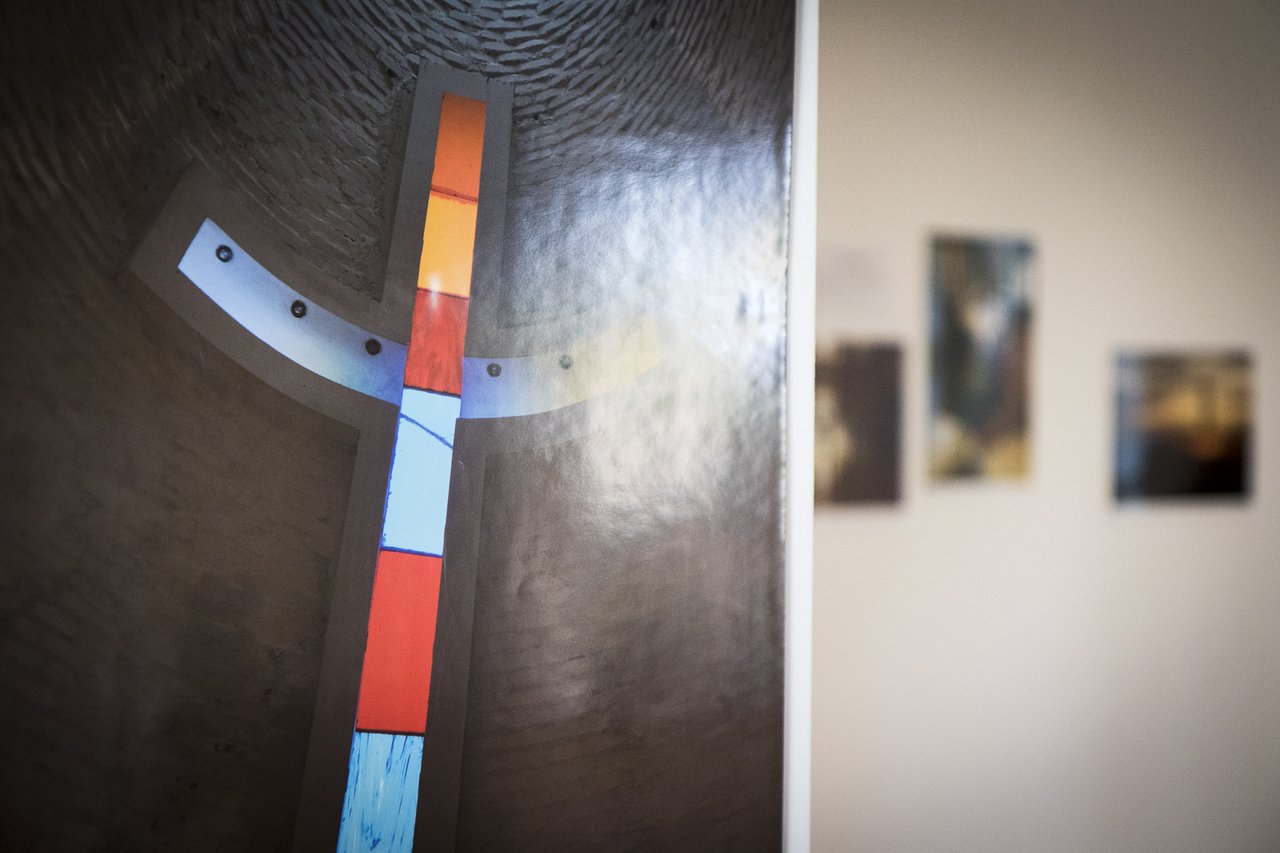The visual exhibition of RefCOO Research Workshop of Károli Gáspár University started on Easter Monday. The online exhibition now allows the general public to view the best works of God in the XXI century photo competition.

Lights, shadows, heights, colors – captured moments in which the Almighty is there. Two years ago, the workshop organizing cultural and public events in Károli Gáspár University of the Reformed Church in Hungary launched a photo contest, titled “God in the XXI. Century.” Applicants try to capture the presence of the Creator in the form of a photo. More than 300 images were received of which theologian-aesthete Sándor Békési, Tamás Füle editor-in-chief of parokia.hu, and photographer László Haris. Jury members gave the first place to Krisztián Tóta’s “Á la recherche…,” Csaba Ágoston’s “Mobile Prison” came in second, while Péter Rajkai’s painting entitled “Devotion” took third place.
God in the XXI Century
For thousands of years, there has been a debate about the representability of God in Western culture. Man, who tries to carve out the image of God from the invisible world by his own means, assumes a huge responsibility and finds himself in an ambivalent situation. Can the true creator be created, made visible? This is the question that this exhibition seeks to answer.
The exhibition of the images were seen by the participants at the Starpoint Reformed Youth Festival and the Reformed Conference in Szárszó in 2019, and a public exhibition was planned for the general public in Budapest in 2020, but this was cancelled due to Coronavirus pandemic. However, encouraged by the feedbacks, the organizers decided to present the 26 best photos at a visual exhibition this spring.

“Our idea was to launch an art competition every year that would not only lead to the discovery and publication of masterpieces, but would also move the creative imagination of a larger art-minded community exploring certain dilemmas through art towards transcendence,” summarized the goal of the contest Márton Bársony, head of the research workshop. “I am very happy that this wonderful exhibition has been created, full of originality and deep complexity, but my first joy, which I was able to experience again during the poetry competition last year, is the feverish interest in our call, the will to tell.” As he says, this is exactly what the feedback has shown, which has shown that people are happy to deal with those issues: “We are one in our dilemmas and their artistic solutions represent a serious aesthetic beauty.”
Must See
For more than a year some important areas of our lives have been forced into the online space, and although it is sometimes difficult to have a permanent digital presence, the research workshop staff considered it important to advertise the exhibition on the internet, unless otherwise possible at present. “As we are not making a marketing, revenue-generating organization, I don’t see businesses that appear in social public forums in parallel with ours as competitors. In some ways, the pressure is less, we don’t decide whether the project was successful based on the specific numbers of achievement. It comes with a lot of ease. At the same time, and perhaps that is why, there is a receptivity to our initiatives which fortunately rarely reflects the division of public discourse, for which we can be very grateful,” explains Márton Bársony. The curator also adds that they didn’t plan a sharp, focused advertising campaign announcing the opening of the exhibition, but the news of the exhibition started to spread almost automatically – confirming the importance of the event.

The exhibition has been available to the public since Easter Monday. The organizers definitely wanted to find a symbolic date for the start of the exhibition, and this holiday seemed an excellent choice. “I think that every program that strengthens our faith, calms our thoughts and pampers our senses. This comes in handy now in times of confinement, which is related to the message of resurrection and return,” says Márton Bársony. As he says, in addition the tasks related to the website could only be done by now, but he does not consider this to be a coincidence either. “If one looks at the exhibition with care, I think it is easy to find traces of the Easter message. But I won’t tell you more than that, you have to go through the virtual exhibition,” says the curator.
Translated by Csenge Kiss
Proofread by Claire Weihe